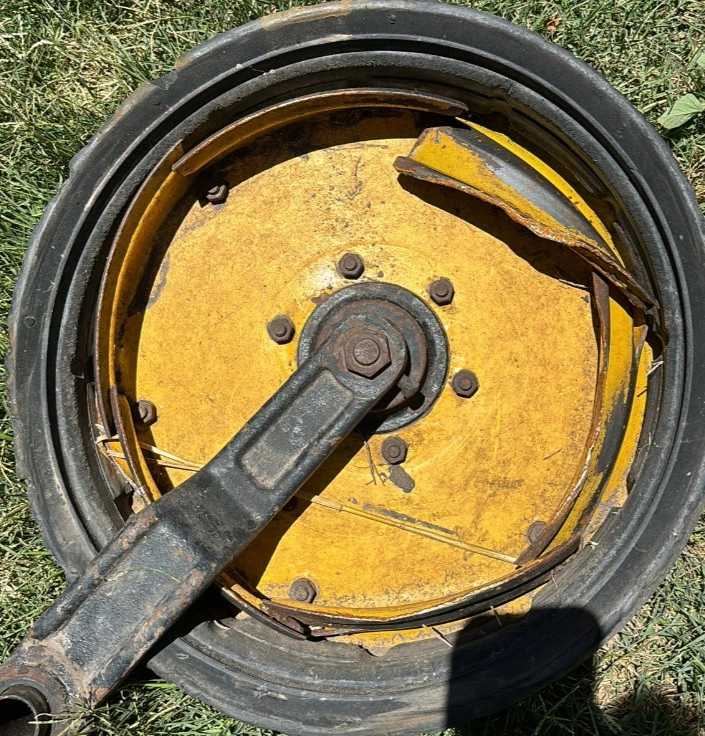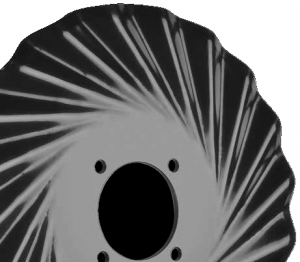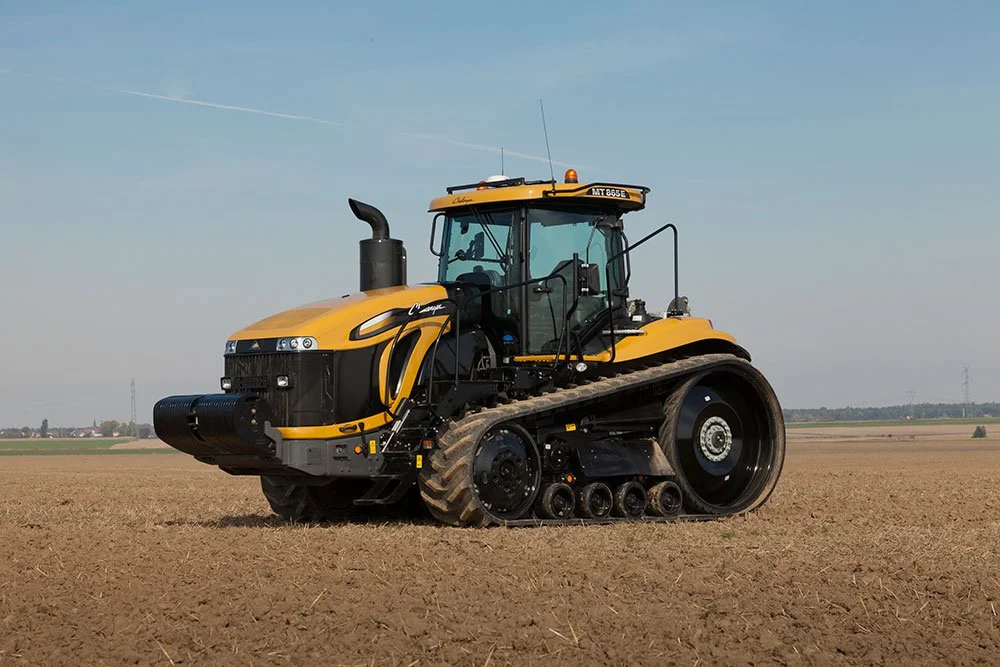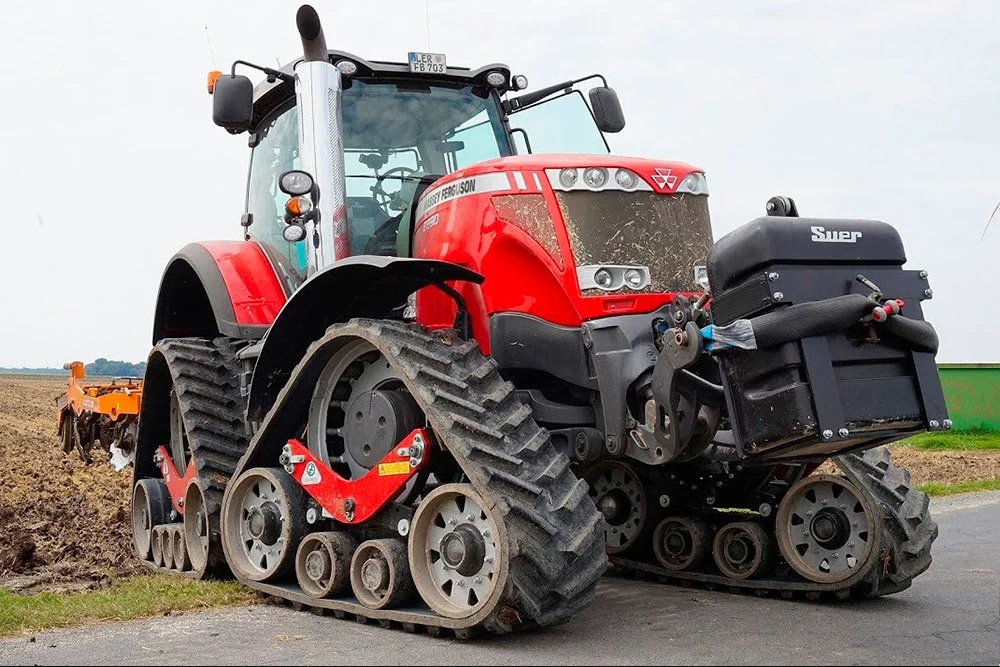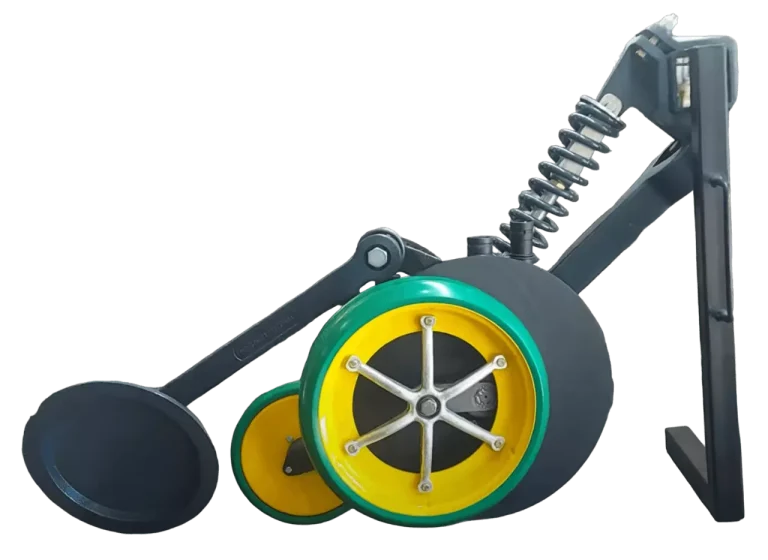Direct Seeding: Benefits, Features, and Consequences
Direct seeding is a revolutionary approach in agriculture that has transformed how seeding and cultivation of various crops, such as cereals and oilseeds, are carried out. Over the past decades, this method has gained popularity in Argentina and globally due to its numerous benefits, unique features, and impacts on agricultural sustainability.
Beriginya AP421 Direct Seeding Drill was manufactured by Podshipnik, Ust’-Labinsk, Krasnodar, Russia: dosers, gearboxes, and seeding trains shipped from Argentina.
What Is Direct Seeding? Examples
A classic example of direct seeding is soybean direct seeding. In this method, soybean seeds are sown directly into the residues of the previous crop, such as maize, without any soil preparation. This preserves the soil’s structure and its physical and chemical properties. The direct seeding equipment includes planters specifically designed to deposit seeds into the ground without tillage. These planters might have turbo blades for better residue cutting and proper seed-soil contact.
Benefits of Direct Seeding
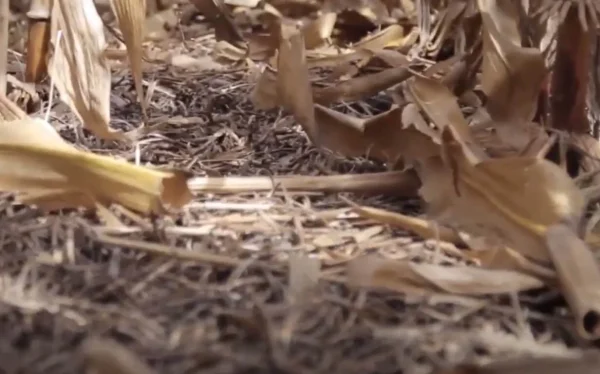
Soil and Water Conservation
One of the most notable benefits of direct seeding is its ability to conserve soil and water. By avoiding intensive tillage, soil erosion is reduced, and its structure is improved, which in turn aids in water and nutrient retention.
Cost Reduction
Direct seeding can lead to a significant drop in production costs. Eliminating steps such as soil preparation and tilling reduces the need for machinery and labour, resulting in substantial savings for farmers.
Weed Control
Proper implementation of direct seeding can assist in weed control. The constant residue cover reduces weeds’ exposure to sunlight, limiting their growth. Moreover, reducing soil disturbance can restrict the germination of weed seeds.
Environmental Sustainability
Direct seeding contributes to environmental sustainability by reducing carbon dioxide emissions from agricultural machinery and intensive tillage. Improved soil quality can also lead to increased soil carbon capture.
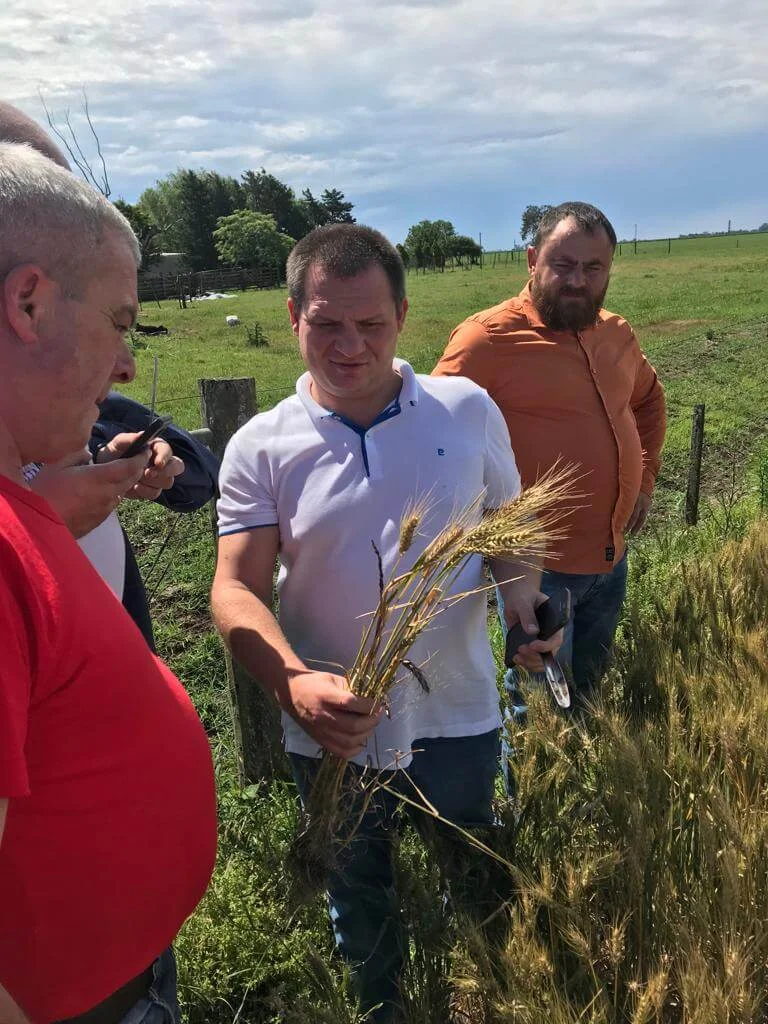
Features of Direct Seeding
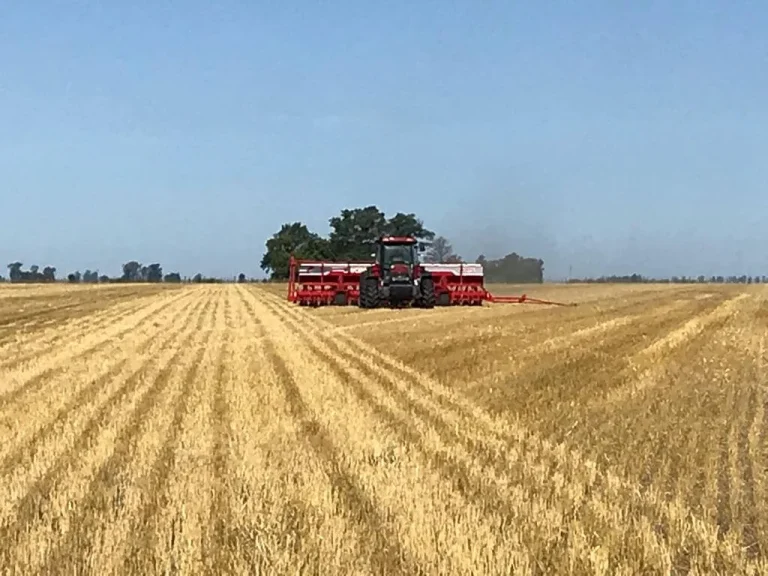
Planting Method
Direct seeding is characterized by sowing seeds directly into the previous crop’s residues, eliminating the need to turn or till the soil. This is achieved using specially designed seed drills.
Residue Maintenance
The residues from previous crops are retained on the soil surface. These residues help maintain moisture, shield the soil from erosion, and foster beneficial biological activity.
Crop Rotation
Direct seeding is often paired with crop rotation. This helps prevent the buildup of crop-specific diseases and pests and improves soil health.
Consequences of Direct Seeding
Initial Challenges
Transitioning to direct seeding can pose initial challenges, especially in areas where conventional tillage has been the norm for a long time. Farmers might need help dealing with persistent weeds and adapting to new practices.
Need for Precise Management
While direct seeding offers many benefits, it also demands precise management. Seed selection, weed control, and agricultural residue management are critical aspects for the success of this practice.
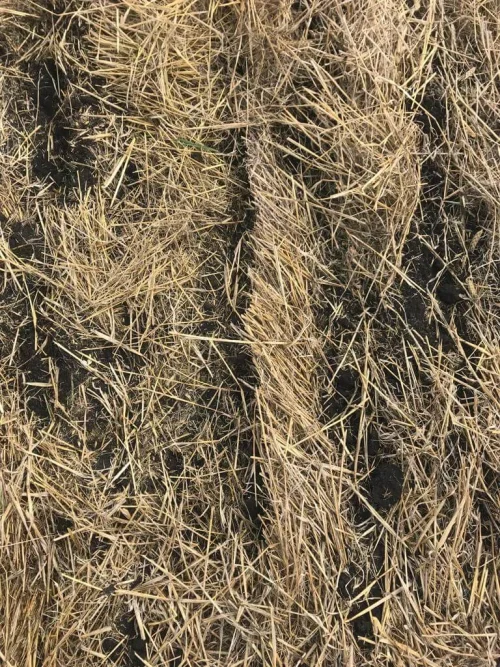
Weed Control in Direct Seeding
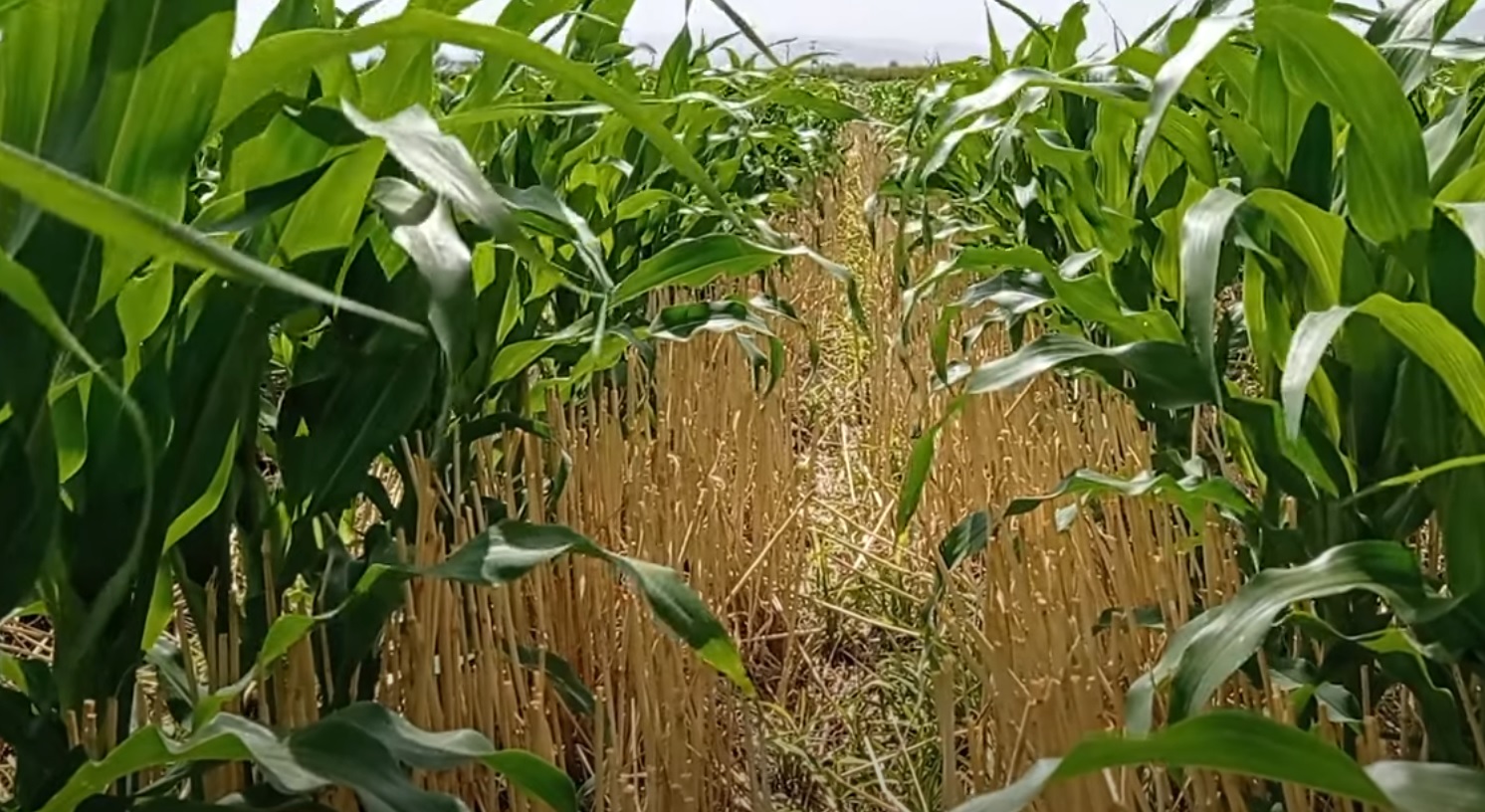
Weed control in direct seeding systems can be challenging. However, appropriate management strategies, like crop rotation, selective herbicides, and integrated pest management practices, can help keep harmful weeds under control. Regarding cost, direct seeding may require specialized machinery and technology investments, such as seed drills and weed control equipment. Despite these initial outlays, long-term fuel, machinery, and labour savings can offset these expenses.
Disadvantages of Direct Seeding
Herbicide Dependence
Direct seeding often entails a higher reliance on herbicides for weed control. This raises concerns about weed resistance to herbicides and associated environmental impacts.
Pest Issues
Residue buildup on the surface can provide shelter and food for certain agricultural pests. It’s vital to monitor and manage these populations to prevent pest outbreaks.
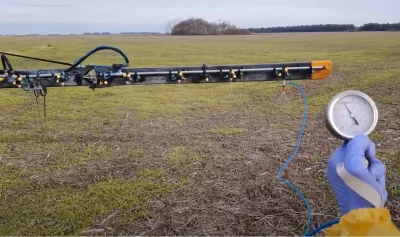
Evolution of Direct Seeding in Argentina

Direct seeding has seen significant development in Argentina. Since its introduction in the latter decades of the 20th century, it has become a dominant agricultural practice in the country, driven by its environmental and economic advantages. The adoption of direct seeding in Argentina has been substantial, and a large portion of the country’s cultivated area is now done using this method. The steady increase in land under direct seeding reflects its success and acceptance among farmers.
Conclusions
In conclusion, direct seeding has revolutionized agriculture in Argentina and worldwide. Its undeniable benefits in soil conservation, cost reduction, and sustainability are significant. However, addressing its challenges, such as weed control and herbicide dependence, is also crucial. Ongoing research and enhancing direct seeding practices are essential to maximize its benefits and mitigate its downsides. Ultimately, direct seeding is a foundational pillar in pursuing more sustainable and efficient agricultural practices.


